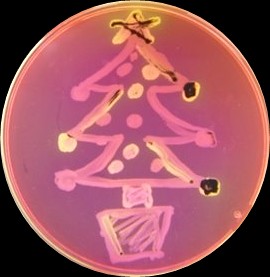More
and more infections in Europe are proving able to evade even the most powerful
antibiotics, posing an alarming threat to patient safety in the region, health
officials said recently.
Releasing
annual data on antibiotic resistant superbugs, the European Centre for Disease
Prevention and Control (ECDC) said bacterial infections resistant to
carbapenems - a major last-line class of antibiotics used to treat
hospital-acquired superbugs - are ever more common in the European Union.
"With
a smaller number of effective antibiotics, we are gradually returning to the
'pre-antibiotic era' when bacterial diseases could not be treated and most
patients would die from their infection," said Marc Sprenger, the ECDC's
director.
The
Stockholm-based ECDC also said it had for the first time collected data on
resistance among infections caused by a bacteria called Klebsiella pneumoniae
to a powerful but older antibiotic known as colistin - and had found alarming
signs.
"According
to our data, resistance to colistin was observed in 5% of Klebsiella pneumoniae
isolates for the EU overall," Sprenger said.
Klebsiella
pneumoniae is a common cause of pneumonia, urinary tract and bloodstream
infections in hospital patients. If antibiotics are unable to treat them
effectively, patients can face long, costly stays in hospital, and risk dying.
Colistin
is a last-resort antibiotic developed several decades ago that has serious side
effects and limitations to its use, but has become essential for treating
carbapenem-resistant Klebsiella pneumoniae infections.
Drug
resistance is driven by the misuse and overuse of antibiotics, which encourages
bacteria to evolve to survive and develop new ways of beating the drugs.
It
has been a feature of medicine since Alexander Fleming's discovery of
penicillin in 1928, but has become a major global health threat as new drug
development has failed to keep pace with the bugs' ability to develop
resistance to them.
The
ECDC data showed an increase of carbapenem resistance in Klebsiella pneumoniae
to a population-weighted EU average percentage of 8.3% in 2013 from 4.6% in
2010.
Vytenis
Andriukaitis, Europe's commissioner for health and food safety, said the near
doubling of resistance in some bacteria in three years was "truly
alarming" and illustrated the need to tackle the issue from all
directions.
"Antimicrobial
resistance is one the most pressing public health issues of our time," he
said in a statement as the data were published.
For
further details see: European Commission
Posted by Tim Sandle




